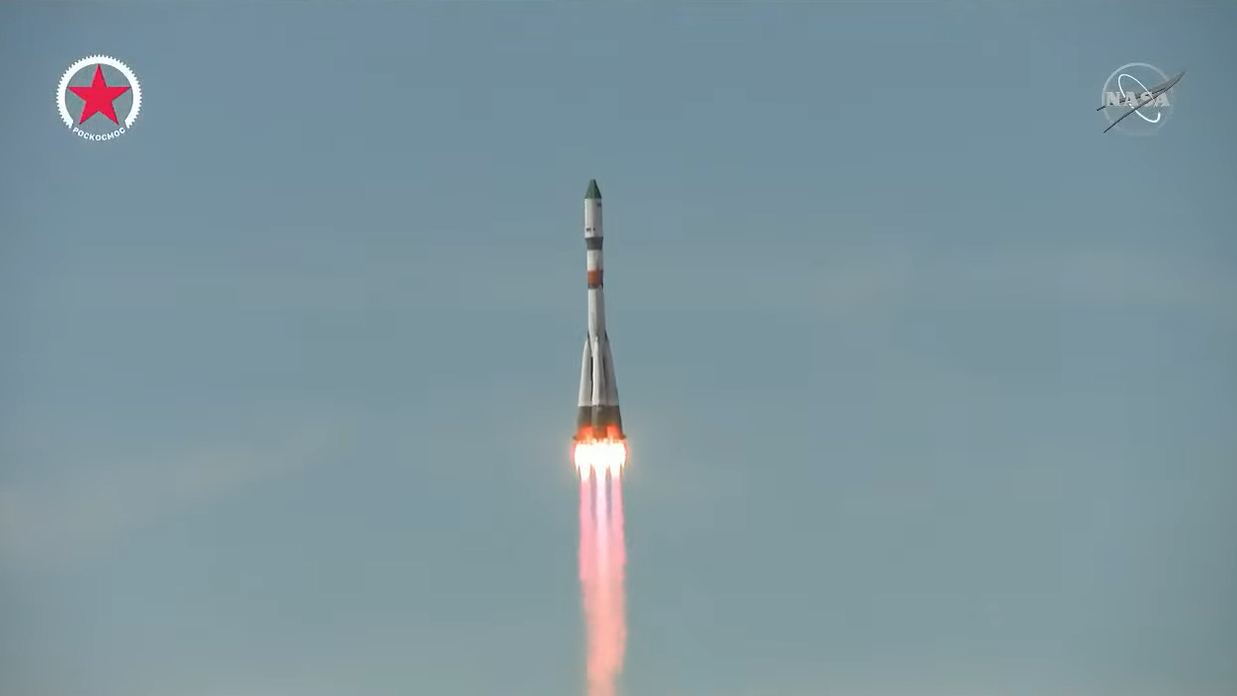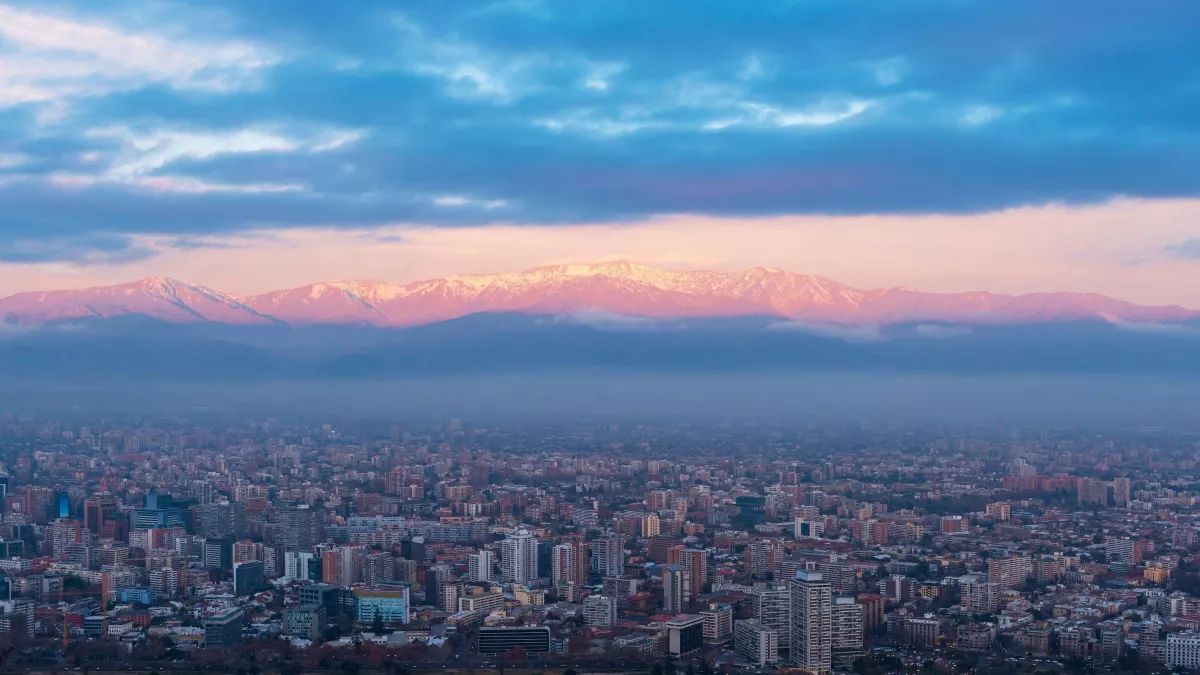Astronomers have created the largest ever 3D map of 1 million distant galaxies otherwise obscured by the Milky Way’s dwarf galaxy neighbors, the Magellanic Clouds. The Magellanic Clouds are irregularly shaped galaxies that are a stunning feature of the Southern Hemisphere sky, visible to the naked eye. But the brightness of these dwarf galaxies coupled with the fact that they take up a large area of the night sky means that the Milky Way‘s neighbors block our view of many much more distant galaxies. So when astronomers are observing the…
Read MoreMonth: July 2022
NASA’s Mineral Dust Detector Starts Gathering Data
Newly installed on the space station, the instrument, called EMIT, will help answer questions about how mineral dust from Earth’s arid regions affects climate.
Read MoreZeta Ophiuchi: A Star With a Complicated Past
Zeta Ophiuchi is a star with a complicated past, having likely been ejected from its birthplace by a powerful stellar explosion. A new look by NASA’s Chandra X-ray Observatory helps tell more of the story of this runaway star.
Read MoreThis Week’s Sky at a Glance, July 29 – August 6
As the Big Dipper dips and the Guardians of the Pole align one over the other, Saturn looms low in the southeast and the False Comet teases at its highest. The post This Week's Sky at a Glance, July 29 – August 6 appeared first on Sky & Telescope.
Read MoreCongress approves International Space Station extension to 2030
Congress wants the International Space Station to keep going through the end of the decade. The newly passed Creating Helpful Incentives to Produce Semiconductors (CHIPS) Act of 2022 includes a NASA authorization bill that, among other things, officially extends the agency’s participation in the International Space Station (ISS) program by six years, to 2030. The CHIPS Act (opens in new tab) — whose main purpose is to increase semiconductor manufacturing in the United States to address pandemic-induced supply chain shortages — has now been approved by both the U.S. Senate…
Read MoreUkraine invasion’s impacts on space exploration: Live updates
Refresh 2022-07-28T20:54:02.475Z Russia announces plans to build own space station Russia has announced it will withdraw from the International Space Station coalition after 2024 to create a new space station, which may be up and running by the end of the decade. The timing of that move is uncertain, but Russia wants it to coincide with the arrival of a planned Russian Orbital Service Station (ROSS). “We need to decide what to do in the future, and already begin work on manned programs that will be implemented after this period,” Roscosmos…
Read MoreEarth’s crust is dripping ‘like honey’ into its interior under the Andes
Earth’s crust is dripping “like honey” into our planet’s hot interior beneath the Andes mountains, scientists have discovered. By setting up a simple experiment in a sandbox and comparing the results to actual geological data, researchers have found compelling evidence that Earth’s crust has been “avalanched away” across hundreds of miles in the Andes after being swallowed up by the viscous mantle. The process, called lithospheric dripping, has been happening for millions of years and in multiple locations around the world — including Turkey’s central Anatolian Plateau and the western…
Read MoreNASA Administrator Statement on Agency Authorization Bill
NASA Administrator Bill Nelson released this statement Thursday following approval by the U.S. Congress for the NASA Authorization Act of 2022, which is part of the Creating Helpful Incentives to Produce Semiconductors (CHIPS) Act of 2022.
Read MoreBlack Widow Pulsar Sets Mass Record
A pulsar has devoured enough of its stellar companion to grab the title for most massive known neutron star. The post Black Widow Pulsar Sets Mass Record appeared first on Sky & Telescope.
Read MoreWhat Is the Ecliptic?
The ecliptic, simply put, is the plane of Earth’s orbit around the Sun. It extends beyond that to include the seven other planets. The post What Is the Ecliptic? appeared first on Sky & Telescope.
Read More

